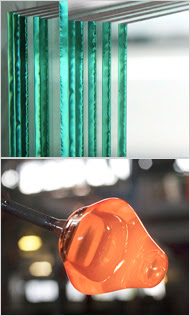>There is no denying that getting your creative work noticed online is HARD. Art galleries as they now exist, are the old fashioned way of selling art. The competition is vast and ever growing. Every day more and more artists add their artwork to the enormous selection of artwork already available online. How can one even begin to make a dent in that mountain of content and be noticed? Every artist needs their own website, and every artist needs to get their own website now. Every artist needs to become conscious of the new way people are viewing and experiencing art. There are literally billions of people out there who don’t know that you or your art exists. They associate your subject or medium with artists who show up on search engines. They don’t care about what gallery you may be associated with, they care about who shows up on the Web. If you don’t start showing up on the Web very soon, not only will no one know who you are, they won’t even care.
Susan Lomuto – the writer of Daily Art Muse – research diva, an ex-non-profit executive  director, a lover of contemporary fine craft has been working with artists and their careers for some time now. Susan had worked an internship here in the DC area’s Gateway Arts District this year to focus on defining how artists work and interact with each other and the community. Susan had just put out a new book and course that deals with artists and defining themselves online.
director, a lover of contemporary fine craft has been working with artists and their careers for some time now. Susan had worked an internship here in the DC area’s Gateway Arts District this year to focus on defining how artists work and interact with each other and the community. Susan had just put out a new book and course that deals with artists and defining themselves online.
In Artist Online – a 12-week program, Susan walks you through the confusing maze of choices, answer your questions and teach you the basics using a combination of conference calls, screencast tutorials, handouts, forum posts, email and live online instruction.
Click HERE to read more about the course.
Susan’s also has a new book – The Cool, Calm & Collected Guide To A Better Artist Website: Tools and tips to help you create a website without raising your blood pressure or breaking the bank
Inside the book you will find:
- Susan’s number one tip to make your website rock.
- 8 steps to help you activate the tip.
- More than 30 resources to help you create and maintain a professional website for your art and increase the efficiency of your business workflow.
- Filled with beautiful images and quotes to inspire you on the journey, this guide will help you create a website while staying cool, calm and collected.
Click HERE to jump to info on the book.
